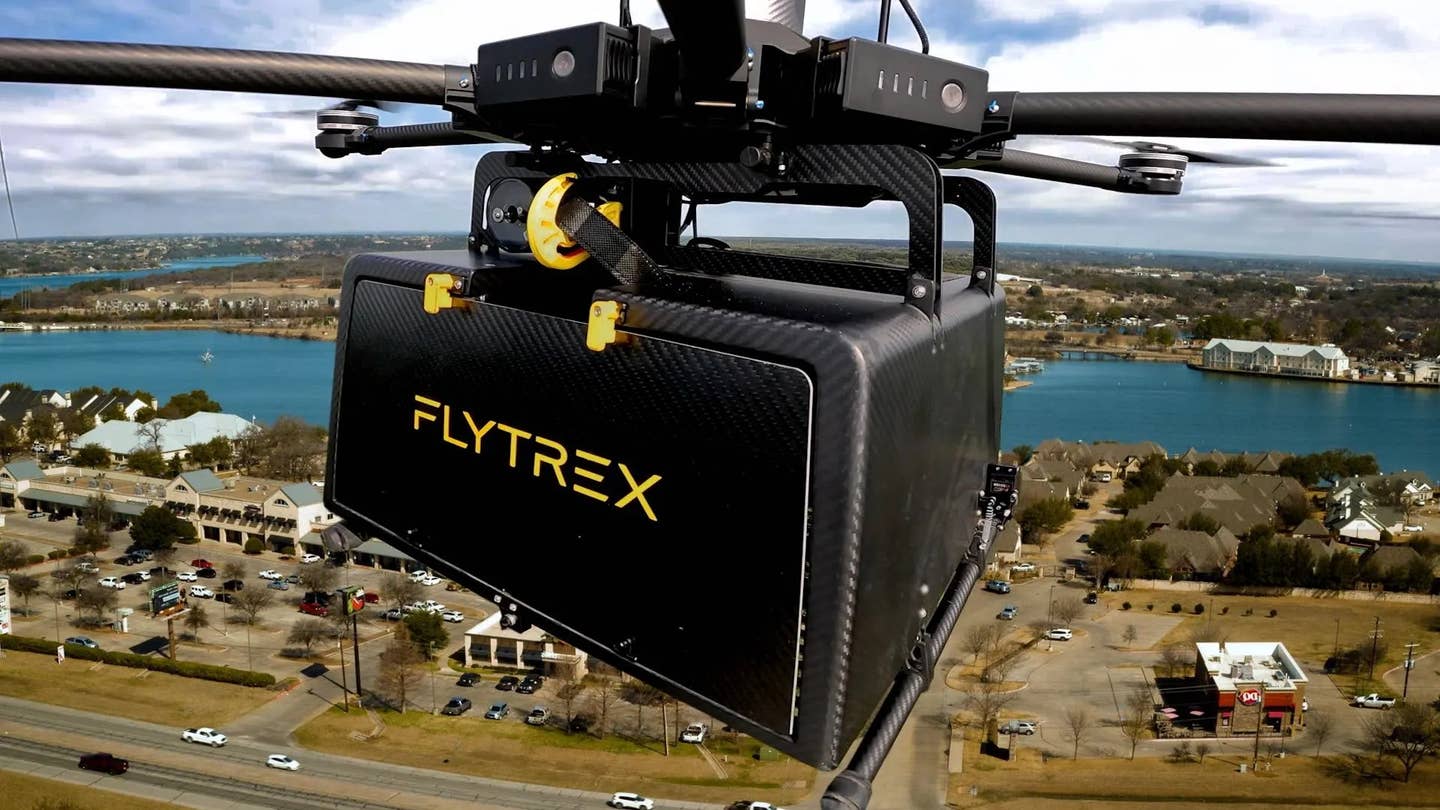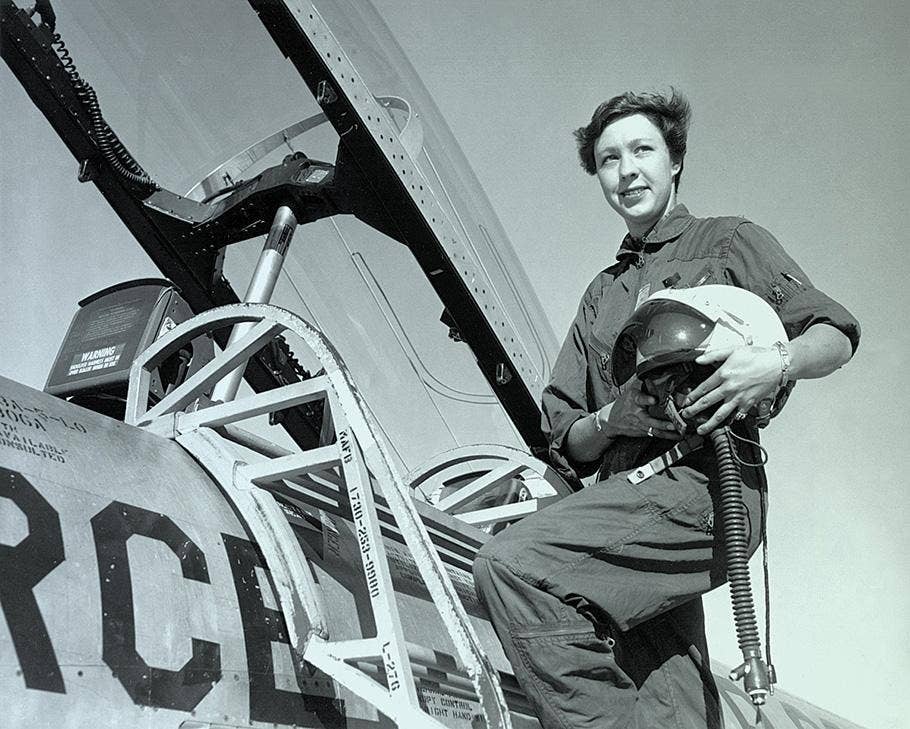Airbus, Avincis to Explore Europewide Electric Air Taxi Operations
The longtime collaborators will partner to introduce Airbus’ CityAirbus NextGen, an electric vertical takeoff and landing (eVTOL) design for a pilot plus three passengers.

A digital rendering depicts Airbus’ CityAirbus NextGen with the Avincis color scheme. [Courtesy: Airbus]
Aerospace manufacturing titan Airbus, best known for its commercial airliners, is also developing an electric vertical takeoff and landing (eVTOL) air taxi variant—and the venture is gaining momentum.
Airbus on Wednesday tapped European helicopter operator and longtime collaborator Avincis as its latest urban air mobility (UAM) partner. The companies plan to develop a concept of operations and mission profiles for the operation of eVTOL air taxis in “target regions” across Europe and beyond.
“eVTOLs will play an important role in our long-term fleet strategy as these technologies continue to evolve to give us further reach and capability in the field,” said John Boag, CEO of Avincis.
Avincis is one of the world’s largest aerial emergency services providers, with bases across Europe, Africa, and South America, including in Spain, Portugal, Italy, Norway, Sweden, Finland, Mozambique, and Chile.
The company’s fleet comprises more than 220 aircraft, of which about 60 are Airbus models. The manufacturer’s CityAirbus NextGen, a prototype for which was unveiled in March, could be the first eVTOL model in the Avincis fleet.
“[Avincis’] established operational network, which is essential to enabling key missions such as emergency medical services, search and rescue, and firefighting, will be a valuable tool to collectively explore the mission potential of CityAirbus NextGen,” said Balkiz Sarihan, head of UAM at Airbus. “Through this collaboration, we will explore how eVTOLs can contribute to missions that save lives and protect communities, a shared goal among our two companies.”
The zero-emission, lift-plus-cruise design is built for a pilot to fly as many as three passengers in urban environments, but it could fly autonomous in the future. It will have a range of about 50 sm (43 nm), cruise at 75 mph (65 knots), and weigh about 2 tons, with a 40-foot wingspan.
The design includes a V-shaped tail, fixed wings, and eight electric propellers, each supplying a pair of electrical power units. During flyover, Airbus says, the aircraft will produce just 65 dBA of noise—about the volume of a typical office.
The cyclic, pedal, and collective controls typically found on rotorcraft will be replaced by a single piloting stick that controls all aircraft axes: a design the manufacturer claims is a first in the helicopter industry. The stick can be used to perform takeoff and landing, climb, descent, acceleration, deceleration, turn, and approach.
Use cases for the air taxi include passenger transport, medical services, and ecotourism. Airbus seeks to certify it in the enhanced category under the European Union Aviation Safety Agency’s (EASA) Special Condition for VTOL (SC-VTOL) regulations. FAA certification would follow shortly after.
CityAirbus NextGen is expected to make its maiden flight later this year and is undergoing testing of electric motors, rotors, flight controls, avionics, and other systems at the company’s test center in Donauwörth, Germany.
At the same time, Airbus continues to set the stage for the aircraft’s eventual debut.
The manufacturer in February partnered with international helicopter and fixed-wing lessor LCI in a collaboration focused on three key areas: UAM strategy, commercialization, and financing. The same month, the company added vertiport developer UrbanV and electric infrastructure provider Enel to its partnership with ITA Airways, the flag carrier of Italy, for a planned air taxi rollout in the country.
Airbus also intends to fly CityAirbus NextGen in Germany, Norway, Japan, and Latin America.
Like this story? We think you'll also like the Future of FLYING newsletter sent every Thursday afternoon. Sign up now.

Subscribe to Our Newsletter
Get the latest FLYING stories delivered directly to your inbox






